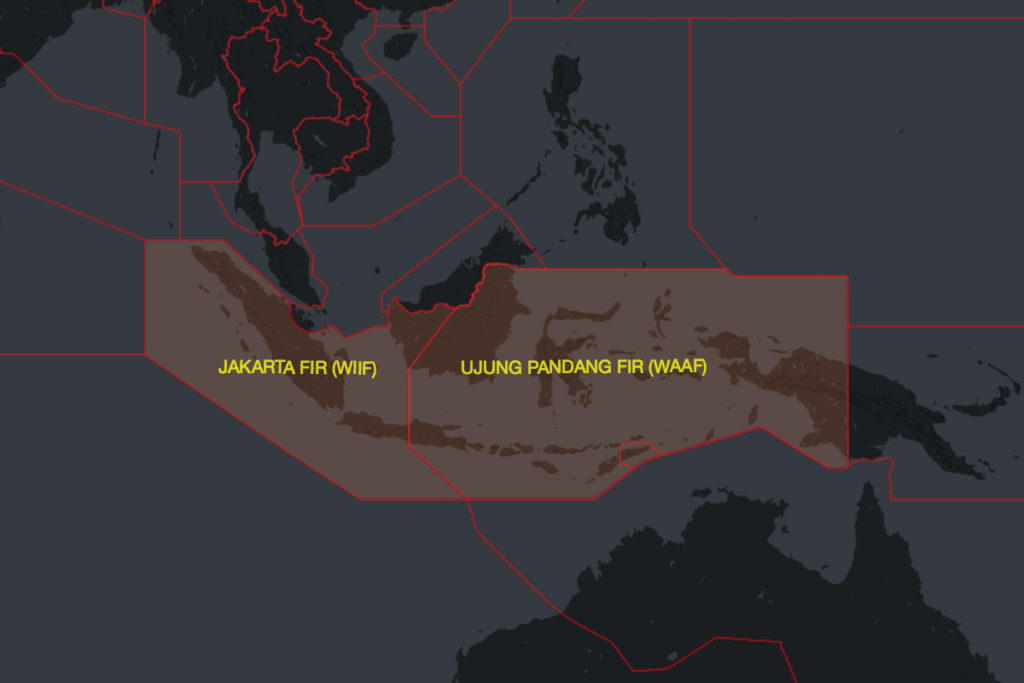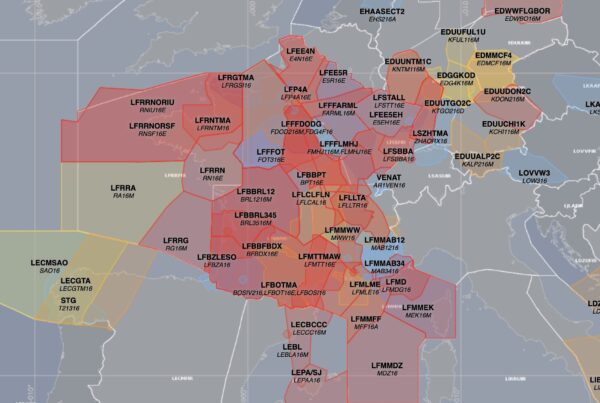Since the start of Jan 2018, all aircraft flying in Indonesian airspace at or above FL290 need to be equipped with ADS-B (Mode S Transponder and GNSS source position). Below that flight level, it remains optional.
Indonesian airspace is split into two FIR’s – WIIF/Jakarta and WAAF/Ujung Pandang:

To the north, Singapore have required the carriage of ADS-B on certain airways since 2013; and to the south, Australia have mandated ADS-B for all airspace above FL290 since early 2017. So there’s a vast section of connected airspace in the region where ADS-B is now required.
For flight planning, make sure you show the correct ADS-B designators in Item 10 of the FPL:
- E – Transponder — Mode S, including aircraft identification, pressure – altitude and ADS – B Out capability.
or… - L – Transponder—Mode S, including aircraft identification,pressure-altitude,ADS-B Out and enhanced surveillance capability.
together with… - B1 ADS-B “out” capability using 1090MHz extended squitter.
or… - B2 ADS-B “out” and “in” capability using 1090MHz extended squitter.
Further reading:
- Read Indonesia’s AIC on this ADS-B mandate in full here.
- Read our article: Australia ADS-B requirements: 2017 onwards
- Read our article: Taiwan pushes ADS-B requirement to 2020
More on the topic:
- More: Venezuela & Caribbean Airspace Update
- More: ReFuelEU: Europe’s new anti-tankering rules explained
- More: US CBP biometrics: BizAv rollout still unclear
- More: Milan targets business jets with 650% rate increase
- More: 2025 Flight Ops Changes: The Big Ones
More reading:
- Latest: Venezuela & Caribbean Airspace Update
- Latest: ReFuelEU: Europe’s new anti-tankering rules explained
- Latest: US CBP biometrics: BizAv rollout still unclear
- Safe Airspace: Risk Database
- Weekly Ops Bulletin: Subscribe
- Membership plans: Why join OPSGROUP?











 Get the famous weekly
Get the famous weekly 





